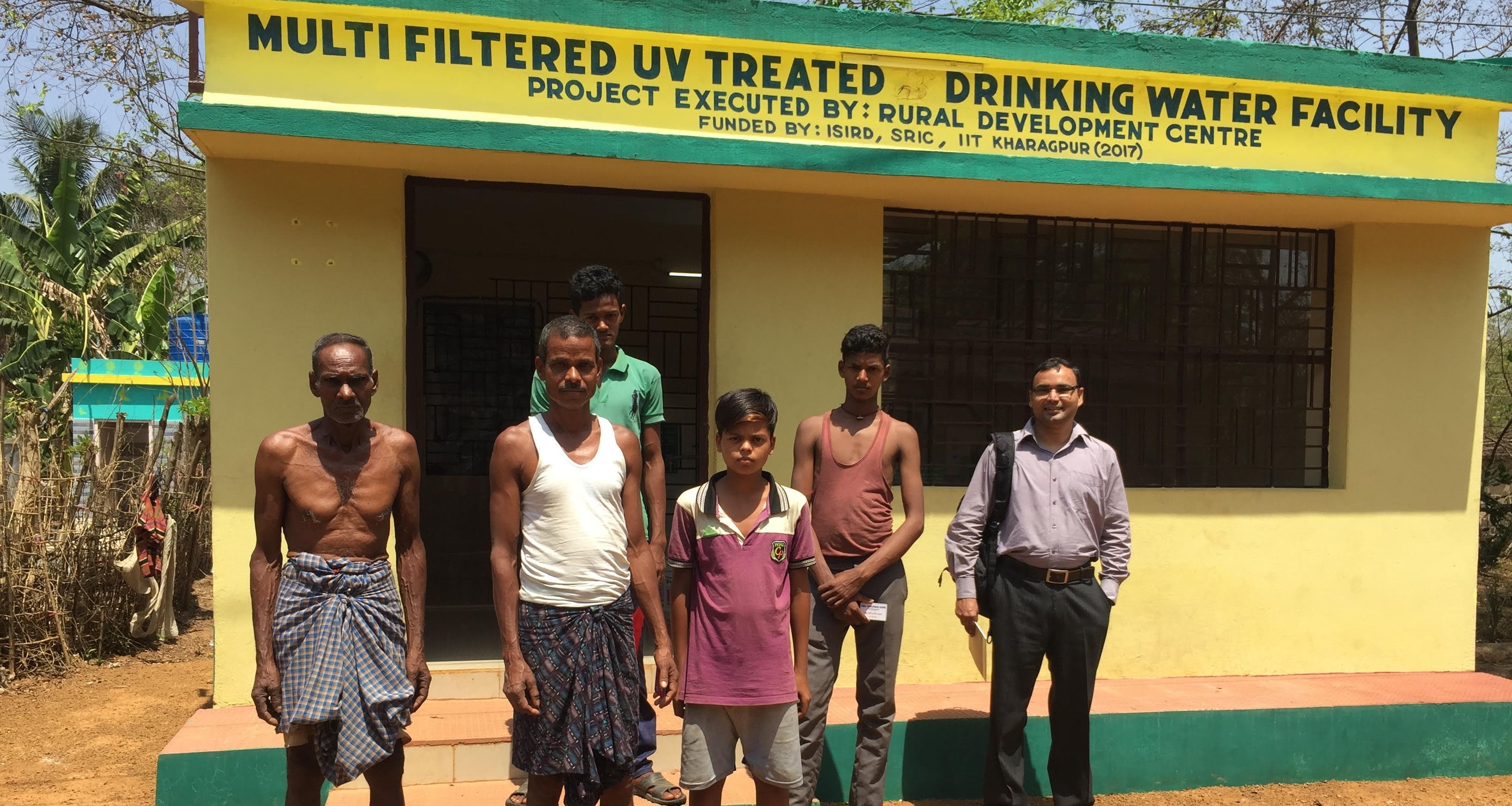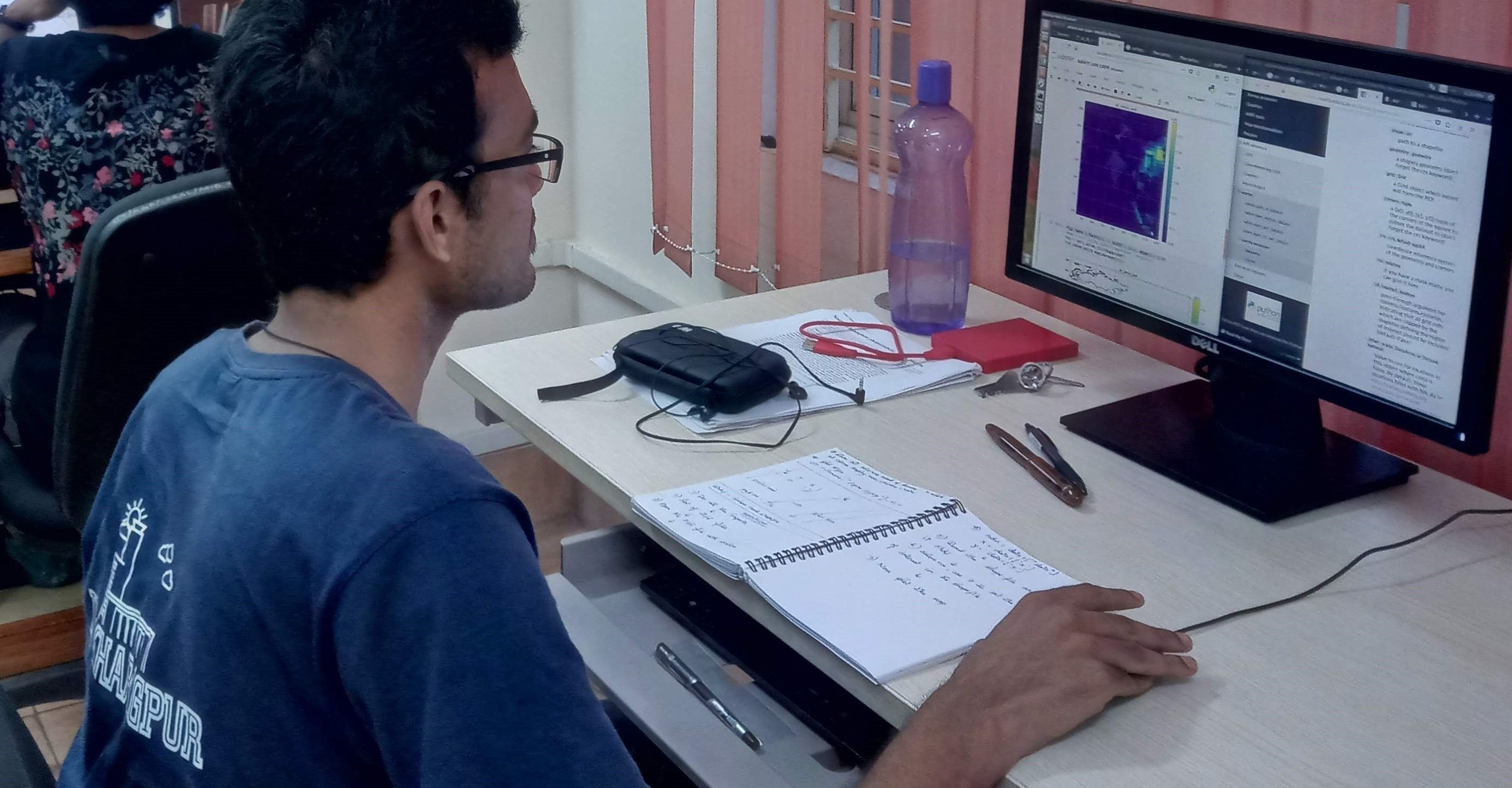
IIT KGP Faculty Makes Purified Drinking Water Available for Rs. 1
Times of India India Today Business Standard Millennium Post Navbharat Times NDTV ABP News ABP News Twitter Indian Express Jagran Josh EiSamay Faculty from IIT KGP has developed a model for purified drinking water supply, costing Rs. 1 per family per day, for a village in Southern Bengal. Dr. Somnath Ghosal from the Rural Development Centre of IIT Kharagpur has involved participatory management offering villagers access to purified drinking water in a sustainable manner, using Water Cards, Water ATM Vending Machine, etc. The unique set-up has been built in the Porapara village in West Midnapore district of Bengal. He…






